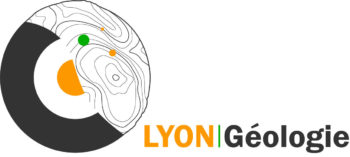Methods in systematic (paleo)Biology
In biology as well as in paleontology, sampling, description, identification, comparison and finally conservation (archiving) of organisms and taxa involve different rules, conventions and methods that this course proposes to discover by combining four complementary objectives:
- To know and apply the species concepts in biology and paleontology, as well as the International Codes of Zoological Nomenclature (ICZN) and Botanical Nomenclature (ICBN);
- To know the legislative, scientific and museographic framework of paleontology collections;
- To master the concepts, methods and numerical tools in paleontology to describe and compare fossils quantitatively (classical and geometric morphometry) and establish their relationships (Maximum of Parsimony, Bayesian Inference), from data acquisition to the interpretation of results and their limits;
- To learn about comparative phylogenetic methods (independent contrasts, pGLS, p(M)ANOVA & p(M)ANCOVA).


